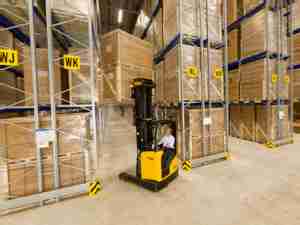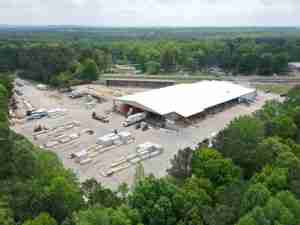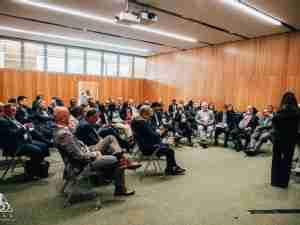Supply chains in East Asia are still facing impacts ranging from congested ports to closed production plants after two powerful typhoons developed in the Western Pacific and caused widespread disruption in the region in early September.
Resilience360 has analyzed the the impact, and found that the brunt was seen on Japan’s Kyushu Island and in the area between Busan and Ulsan in southeastern South Korea. Exacerbated congestion issues at ports may continue to slow supply chains possibly until mid-September 2020.
On September 7, Typhoon Haishen made landfall southeast of Gangneung in South Korea as the tenth typhoon of the Western Pacific’s storm season. The storm had sustained wind speeds of 140 km/h (85 mph) when it made contact with South Korea’s coastline as an equivalent to a category 2 hurricane on the five-tier Saffir-Simpson scale. Authorities said the typhoon temporarily disrupted power supply to some 17,000 customers nationwide.
Before making impact in South Korea, the storm made landfall on Japan’s Ryukyu Islands off the country’s southwestern coastline on September 6, bringing strong winds and heavy rain to the region and cutting power to some 440,000 households and businesses on Kyushu Island, the third largest of Japan’s five main islands.
Prior to this, Typhoon Maysak moved through the Western Pacific before making landfall near South Korea’s port city of Busan on September 3, with sustained winds at 155 km/h (100 mph), also equivalent to a category 2 hurricane. It crossed the Sea of Japan thereafter before hitting North Korea and China’s Jilin province. The storm caused flight cancellations and minor power outages on Japan’s Okinawa Island, while more than 120,000 customers were temporarily without power in South Korea.
Ports in South Korea and China have recently faced longer average waiting times for inbound vessels due to port disruptions caused by the typhoons since late August. Intelligence received by Resilience360 indicated that both the Port of Busan, South Korea’s largest port, and the Port of Gwangyang have experienced 5 days of waiting times for incoming vessels on September 5 and 6, up from about 3 days before the passing of Typhoon Maysak at the beginning of the month.
The greater Busan area is home to nearly half of South Korea’s automotive production, while Ulsan is an important manufacturing base for the chemicals industry. According to Resilience360 data, about half of all suppliers in the Busan-Ulsan cluster are made up by the automotive industry (52.36 percent), followed by chemicals (14.59 percent) and engineering suppliers (14.59 percent). Since petrochemical plants are often located within short distances of the coastline for greater access to cooling water and shipping networks, these are particularly vulnerable to secondary impacts from storms such as flooding that may linger on longer than the initial impact from winds.
Over the coming days, while most of the affected manufacturing plants may come back online, logistics delays are likely to continue for longer at key ports in South Korea and China where it may take up to two weeks to return to normal operations in case the weather remains stable. Customers with an interest in these ports should explore the possibility of unloading cargo at less congested ports and use alternative modes for the final transportation leg.
In light of quickly changing weather forecasts, supply chain managers relying on suppliers or logistics operations in western Japan and southeastern South Korea are advised to keep abreast of the latest developments and to ensure that they understand the risks to their production and transportation networks in the area, for instance, by assessing the preparedness of key suppliers and carriers.











